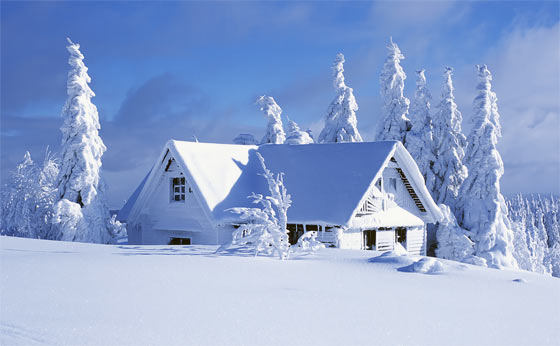Hypothermia – How To Prevent It

Hypothermia and cold injury. It can occur whenever air temperature is below freezing (32 degrees F).
Freezing of the skin surface is called ‘frost nip‘. When freezing extends deeper though the skin and flesh, the injury is called ‘frostbite‘.
Hypothermia can be a life threatening condition. It happens when deep-body (core) temperature falls below 95°F (normally ~ 98.6°F).
Tips How to Prevent Hypothermia
Body core temperature falls when the body cannot produce heat fast enough to compensate for what is being lost.
Quick Tip: Heat Loss Through The Head: At rest, the body core loses about 7 percent of its heat through the head. While shivering, core body heat loss through the head increases to as much as ~ 50 percent.
Stay hydrated. Because a dehydrated body will slow blood circulation.
Avoid smoking. Nicotine will constrict the blood vessels.
Avoid alcohol and caffeine. It can lead to dehydration.
Stay active. If cold, it’s better to be active than to huddle up.
Avoid sweating. Heat production is increased by physical activity, but avoid sweating.
Don’t skip meals. Skipping meals will lead to slower metabolism and blood flow.
Wear the right clothes the right way.
Too much clothing can cause overheating and dehydration. Layers.
Avoid tight fitting clothing.
Clothes should be worn loose and in layers.
Clothing should be made of material that water vapor can pass through. Synthetics.
Avoid 100 percent cotton. Use synthetic fabrics for wicking moisture.
Use water and wind resistant outerwear. Nylon, Gore-Tex.
Change socks. They absorb moisture after awhile. Keep your feet dry.
Protect your hands. Mittens are usually better than gloves.
Cover your head. Wear a hat!
Use insulated hats and gloves made with materials such as Thinsulate.
[ Read: Thinsulate – How It Works – Warmth Scale ]
Stay Dry. Dry. Dry.
A very lean person is more susceptible to cold (fat is an insulator).
Self Check by pinching your fingernail to watch how fast the blood returns to your finger.
Avoid being alone in the very cold. Buddy system.
Keep an eye on your children who don’t know about the dangers of cold.
Keep a survival kit nearby. Include a means to make fire.
Know how to build a fire. How to procure tinder and kindling in wet conditions.
Understand wind chill and avoid windy places.
[ Read: Windchill Frostbite Chart ]
Buddy system. Occasionally check the visible skin of the other person. It’s normal for skin to go red in cold. But if the red turns to white patch, hold (don’t massage) something warm on it.
Before passing out, someone with hypothermia can start to act “drunk” and move and talk irrationally.
Move and wiggle your fingers and toes.
LAYERS LAYERS AND LAYERS.
Handwarmers. Tow Warmers. Slip them into your gloves and boots.
[ Read: Hand Warmers For My Winter Survival Kits ]
Any more ideas how to avoid and prevent hypothermia?
